by Ken Gargett
Among the various emails that have recently come across the machine, there was one from an Aussie retailer who is an old mate, so I know that he is not someone who inflates prices for his own pocket. It included the latest offerings, the 2020s, from a top Chablis producer (I won’t name it other than to say it is neither Raveneau nor William Fèvre, which I’ll get to).
The top spot, as it always is when we talk Chablis, goes to the Grand Cru Les Clos, and this was available for a mere AUD$2,175 (knock a bit off if you sign up for pre-arrival). In case it is not clear (and, yes, I checked), that is per bottle. Another Grand Cru also topped the two-grand mark, while the Premier Crus were closer to AUD$700 a bottle. We do suffer from freight issues and iniquitous taxes on wines, but even so?
My first reaction was that if this wasn’t the arrival of at least one of the Four Horsemen of the Apocalypse then I do not know what would be. To put it mildly, even in these days of skyrocketing wine prices, I was gobsmacked. Madness. We are walking down Montrachet paths here. I can get a great vintage de Vogue Musigny for that and have change (and the Musigny is another that has gone South Sea Bubble on us).
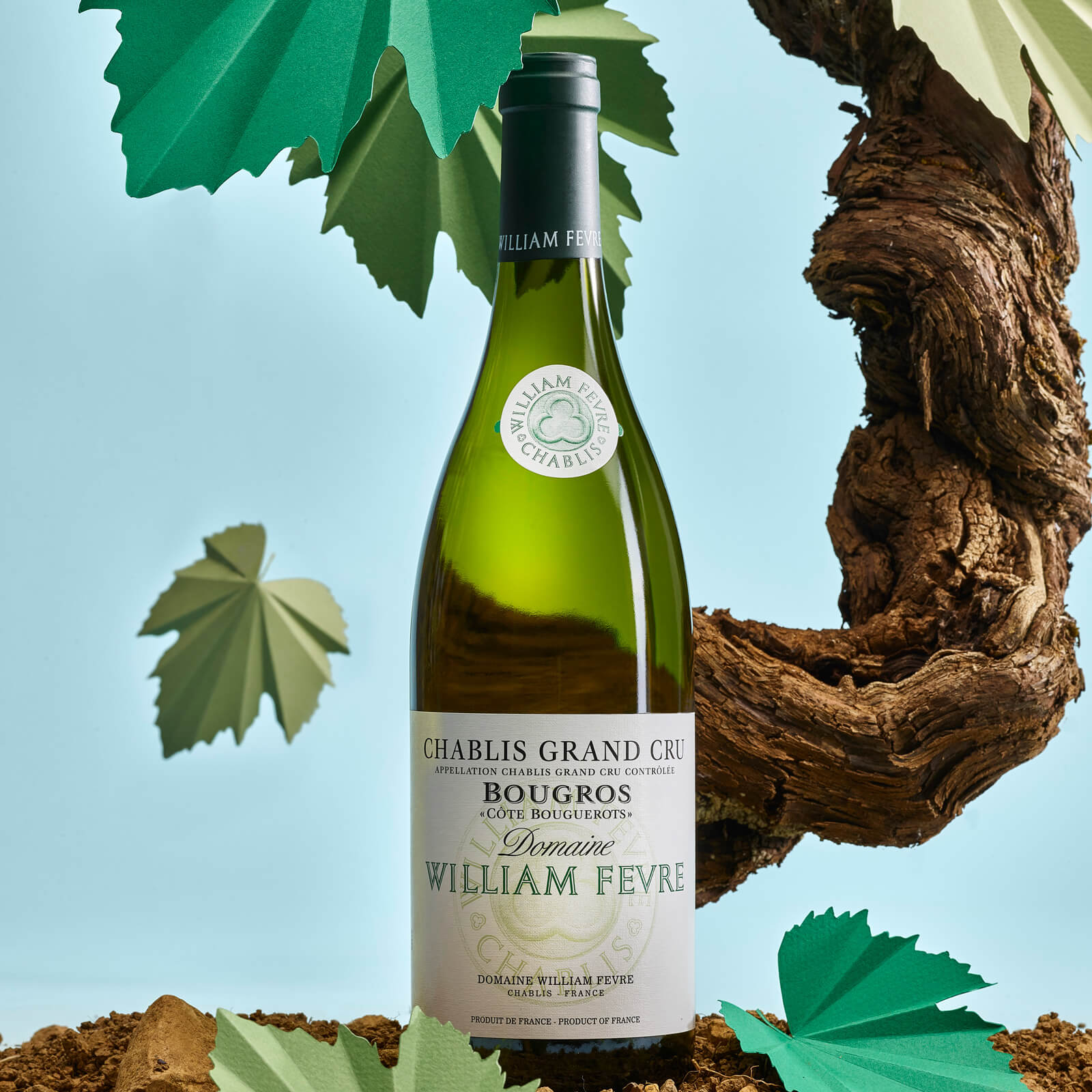
William Fèvre Bougros Chablis Grand Cru
Chablis must surely be one of those wines familiar to almost everyone, although how regularly it is consumed might be quite another question. Far less than it once was if we have to deal with price hikes like this. It has long been seen as a reliable wine offering good value. A fine alternative to the more exulted and expensive White Burgundies (both, of course, made from Chardonnay). Producers like Raveneau and a few others can even sit comfortably with the best Chardonnays from anywhere, including Grand Cru White Burgundies.
For such a ubiquitous wine, there is surprisingly little coverage of it in comparison to other fine wines. I like to think I have a fairly extensive wine library, but Chablis is woefully underrepresented although that is largely because the books just are not there. A recent small guide to the region is available, but otherwise, Rosemary George’s The Wines of Chablis is the best option – it has been reprinted/re-edited several times over the years, most recently in 2019.
Sadly, my version is older than any bottle of Chablis I have in my cellar. I have another book, unhelpfully also called The Wines of Chablis, by Austen Bliss and Owen Smith, from the turn of the century. As ever, one turns to tomes such as the indispensable Oxford Companion to Wine by Jancis Robinson (but even here, a new edition must surely not be far off).
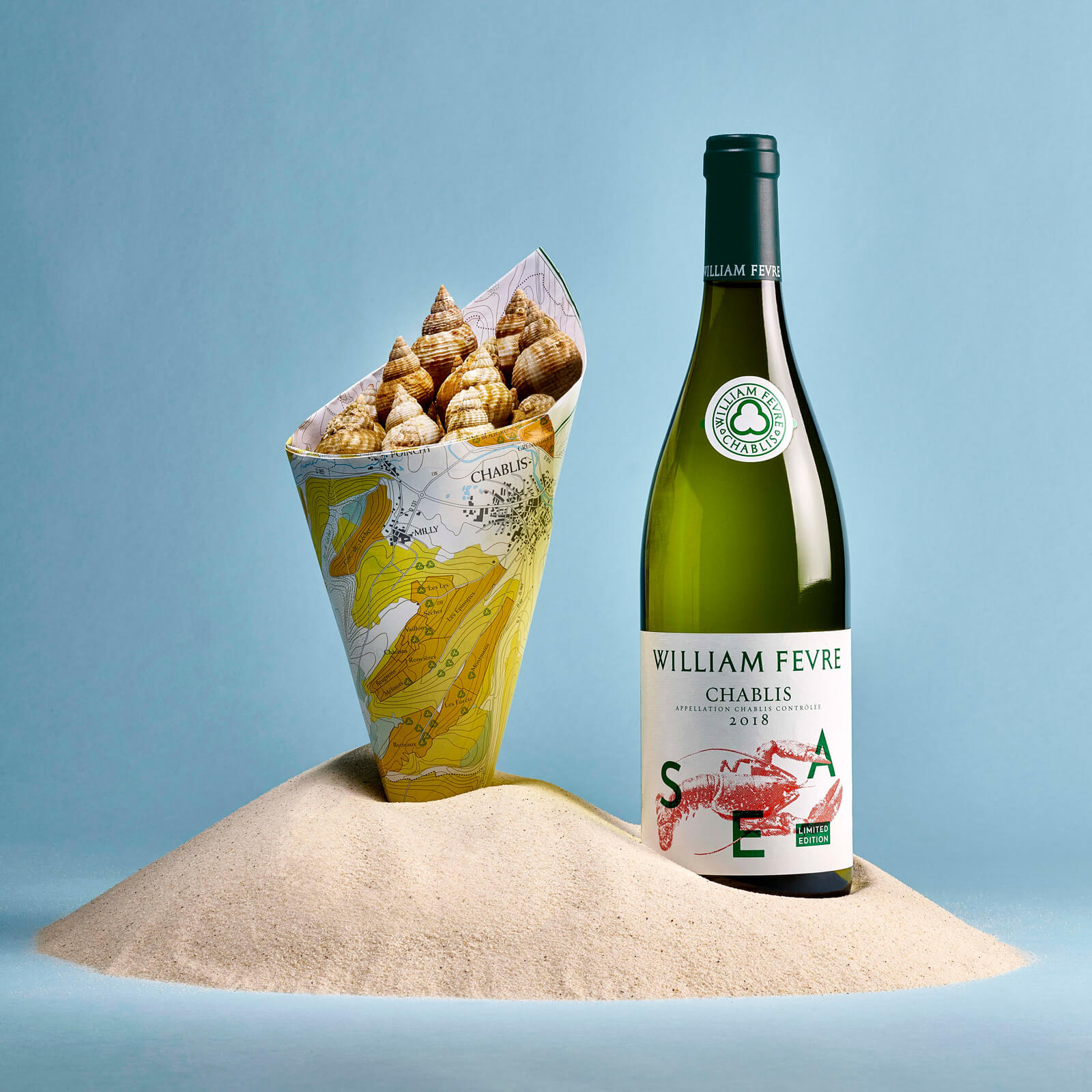
William Fèvre 2018 Chablis
An Amazon search of “Chablis” did reveal a book by a gentleman called Wayne Frye titled, and I am not making this up, Chablis and the Dildo from Hell. Apparently it has been compared with Frankenstein, though perhaps less for literary merit and more because the said item is brought to life and must be tracked down by the novel’s hero, transsexual private detective Chablis Louise Chavez. I’m thinking it may not be of much assistance to us. Nor will the other result of the search, the autobiography of The Lady Chablis (who featured in the wonderful Midnight in the Garden of Good and Evil by John Berendt), titled Hiding My Candy. While among literary references, “Classic Chablis” is noted as a common choice of wine in Tolstoy’s Anna Karenina, so I guess it is swings and roundabouts.
Please forgive the digression.
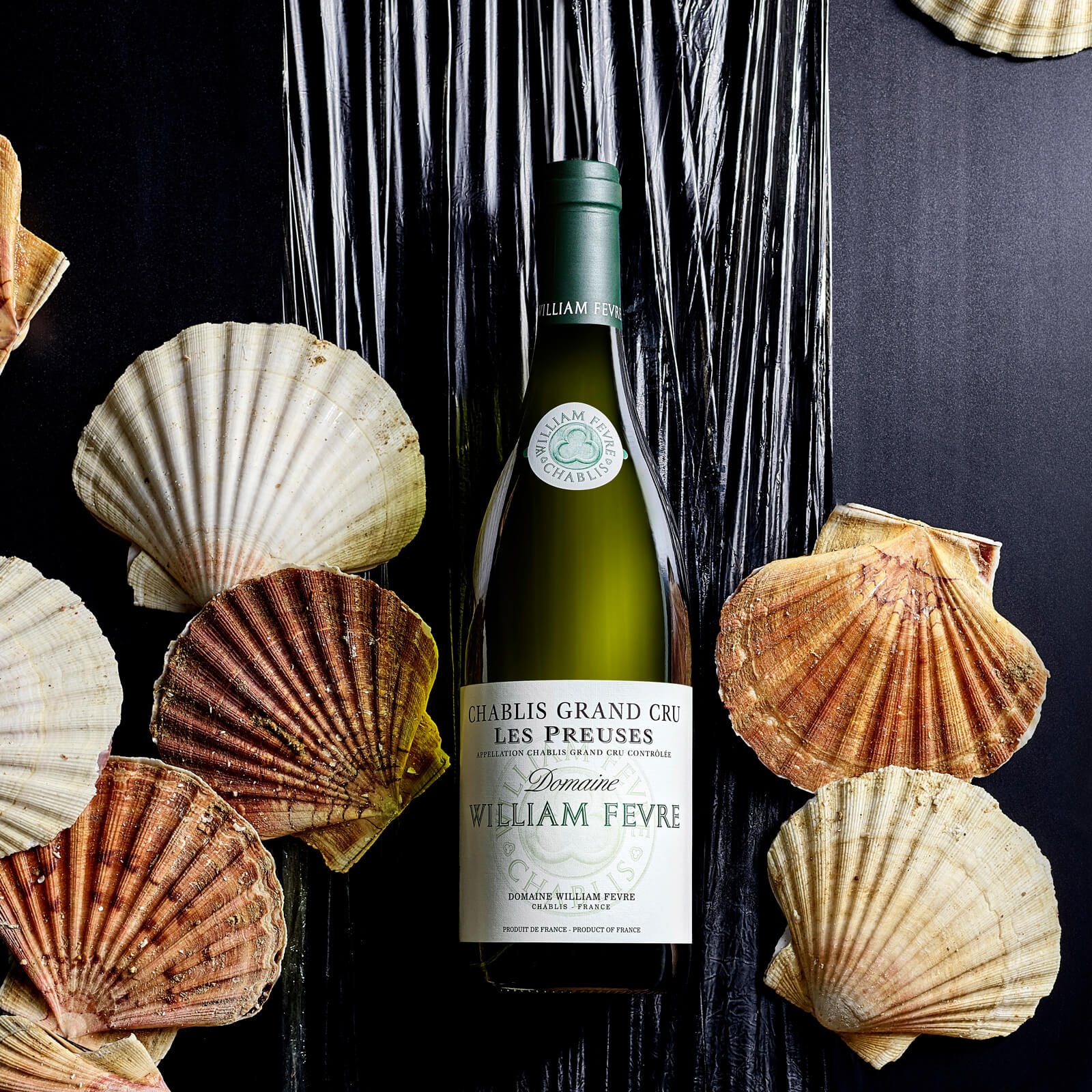
William Fèvre Les Preuses Chablis
About Chablis
Chablis was declared a region in 1938. It sits around 16 kilometers east of Auxerre. Currently, the region is a little under 7,000 hectares with around 80 percent planted. It is the most northerly district of Burgundy (sharing the Chardonnay grape), although it also has an affinity with neighboring Champagne. Its location tends to provide a focus on acidity, with the wines having a flinty, steely note and often less influence from oak than the rest of Burgundy.
Before we get to the Grand and Premier Cru wines, most Chablis sees no oak, just stainless steel tanks. It is the soil that is absolutely key here: Kimmeridgian clay with chalk (the same chalk found in the White Cliffs of Dover) and fossilized oyster shells (a character that often appears in tasting notes – the oyster shell bit, not the fossilized).
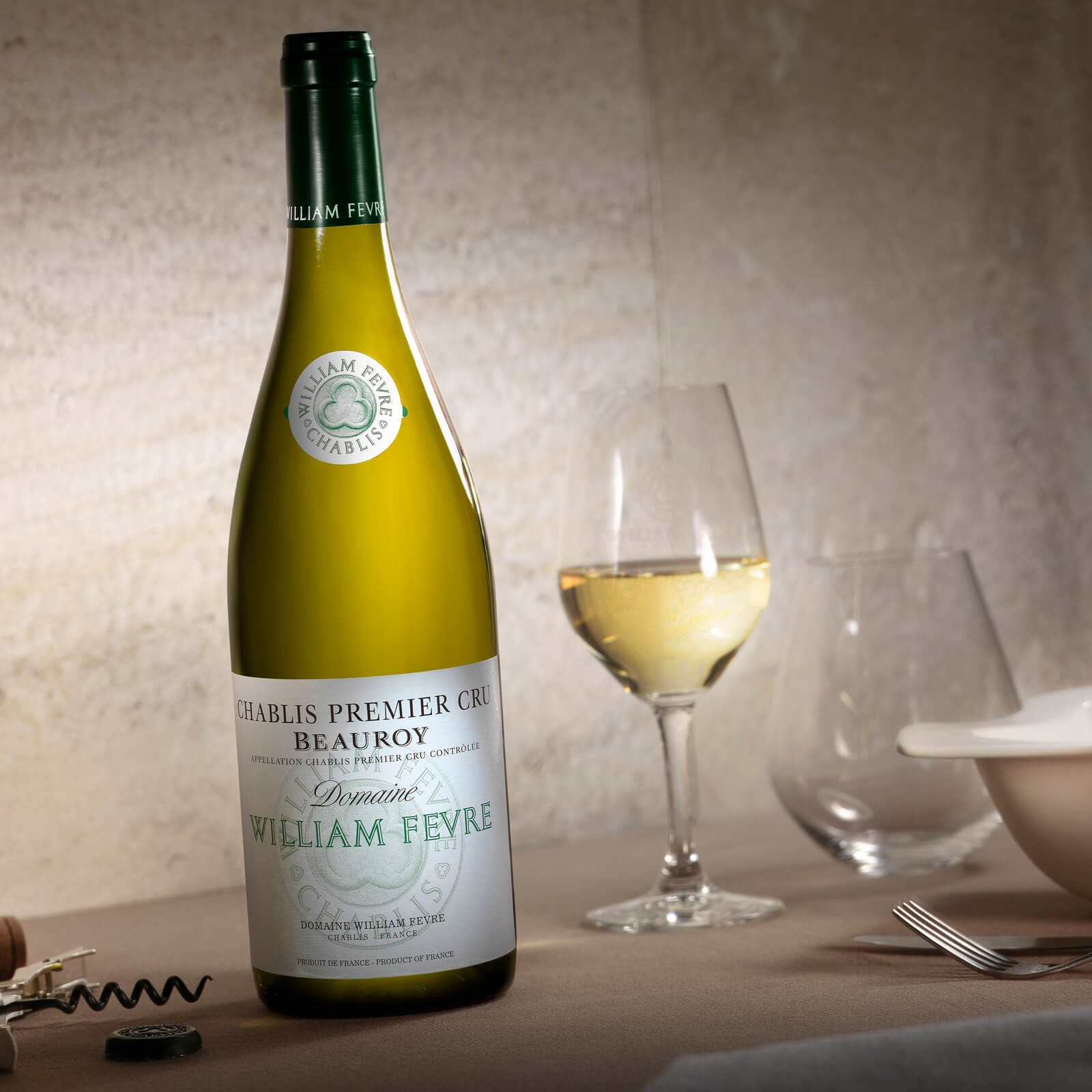
William Fèvre Beauroy Chablis
Chablis’ history inevitably involves monks. The Pontigny Abbey was established in 1114 and the Cistercian monks planted grapes, believed to be Chardonnay. It was from here that Chardonnay spread throughout the Burgundy region. Chablis became part of the Duchy of Burgundy in the fifteenth century.
It would not be all roses. The establishment of the French railway system allowed more distant, and cheaper, regions to ship wine to the cities. Phylloxera hit in 1887 and caused major issues. Toss in a couple of wars and by the 1950s the area planted, once over 6,000 hectares, was down to less than 500. Some severe frosts in the 1950s and harsh vintages did not help. Frosts in 1956 and 1957 were so bad that the latter year had a total production of just 11 cases for the entire region. Yes, that is 11 cases in total from all the producers. Still, that exceeded the production in 1945, 1951, and 1953.
A slow path back. As mentioned, the region received AOC certification in 1938, which mandated that the grape to be used here was Chardonnay and established the boundaries and winemaking practices. It was also important to protect the name Chablis, which was being bastardized around the world. Here in Australia, the name was thrown at an array of wines, none from the region of course, and the vast majority without a drop of Chardonnay.
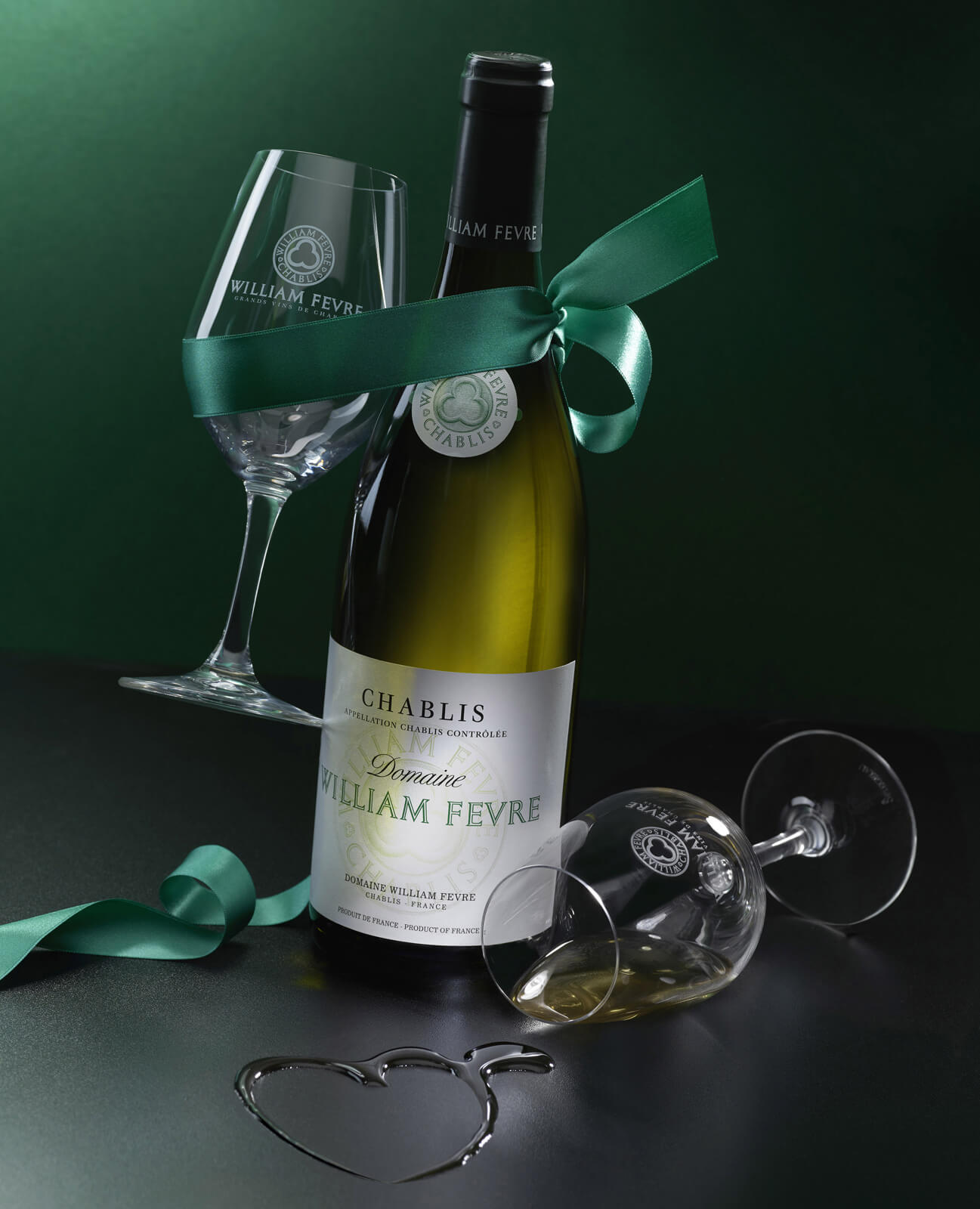
William Fèvre Chablis
An ever-growing appreciation for the glories of Chardonnay, enhanced winemaking methods, and better frost protection all have contributed to the revival of the region and plantings are now not that far short of what they were at peak, around 5,800 hectares. For wine lovers, this is a region that should be on every bucket list. It is a beautiful part of France and, at least when I have been there, wonderfully devoid of tourists.
One issue, largely resolved these days though quite contentious in years gone by, was the use of oak. Most Chablis sees only stainless steel tanks but when we move to the Premier and Grand Cru wines, things change. In the past, large old vats that effectively imparted no oak character or influence at all were popular.
These days, it is much more likely that the wines will be treated as they are in so many other regions and see French oak barrels, new and seasoned. All that said, the region still keeps the brakes on the use of oak to a greater degree than many regions to ensure that any appearance of oak in the wines is minimal.
Chablis has the four appellations. At the bottom of the pyramid is Petit Chablis. The next step up the ladder is Chablis, which is the largest appellation here. Premier Cru is the second highest, with some 40 different Crus. Among the star Premier Crus are Mont de Milieu, Montée de Tonnerre, Forêts, Butteaux, Vaillons, and Fourchaume.
Finally, the pinnacle, the seven Grand Crus, all found on a hillside opposite the town of Chablis. They are Blanchot, Bougros, Les Clos, Grenouilles, Preuses, Valmur, and Vaudésir. They are on southwest-facing slopes, which catch the most sun. A few of the Premier Cru vineyards also share this aspect, while the rest are southeast facing. The total area of the Grand Crus is around 100 hectares. Elevation is between 150 and 200 meters.
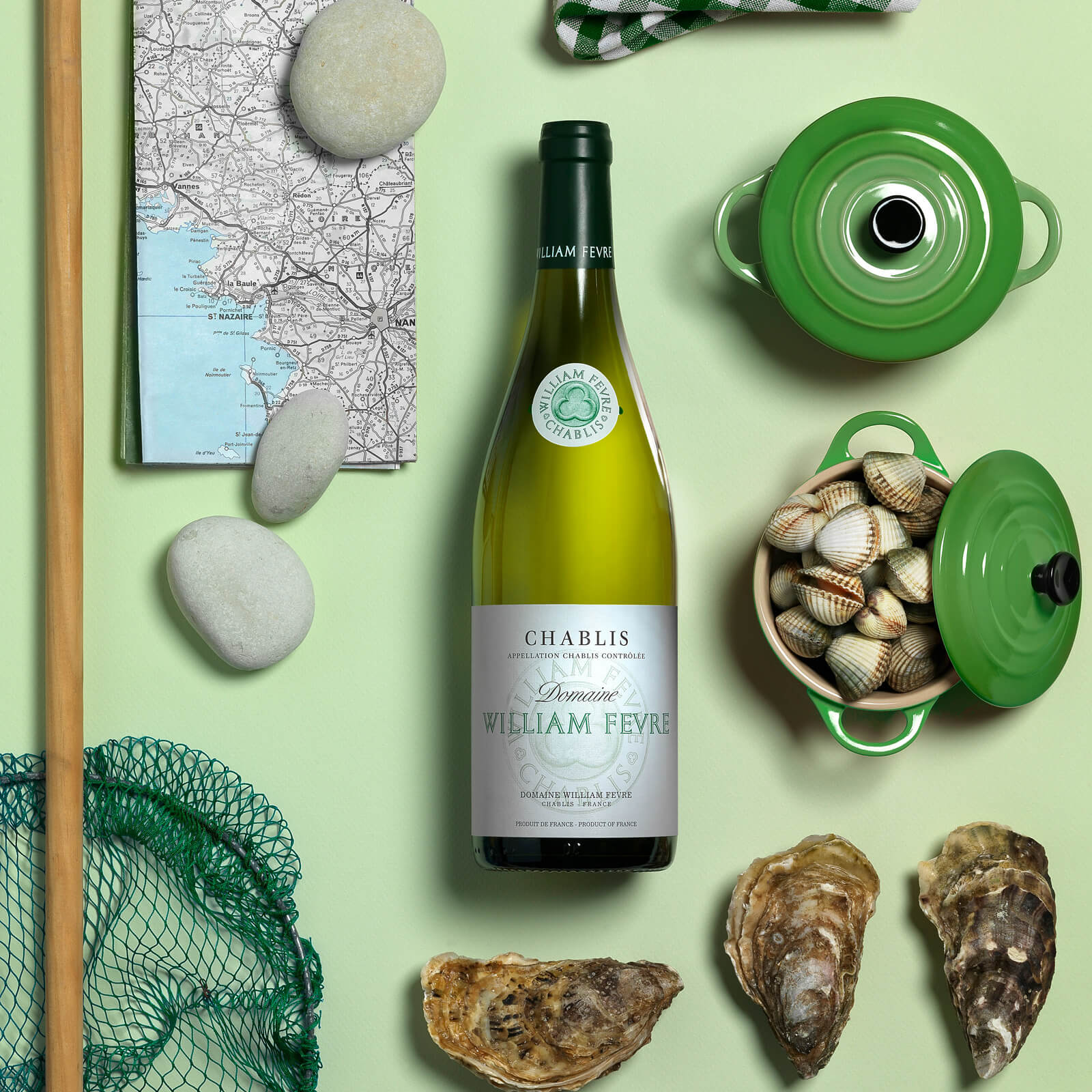
William Fèvre Chablis
In very gentle terms, Blanchot is seen as the most ethereal and elegant; Bougros is thought of as the most muted but it can blossom; Grenouilles is considered the most aromatic and also usually one of the more elegant Crus; Les Preuses, which enjoys the most sun exposure, is richer and fuller; Valmur is balanced, seductive, and aromatic; Vaudésir is Chablis at its spicy and intense best; and finally, the best of the best, Les Clos, which can offer that trademark Chablis minerality and complexity as well as longevity.
I mentioned Raveneau. This producer has for many years been the leading light in the region. The wines are extremely distinctive, with a richness, intensity, complexity, and texture unequalled. It is simply one of the great wines of the world – never miss the opportunity to enjoy one.
It is fair to suggest that a few years ago, no one was making the same claims for William Fèvre.
William Fèvre and Henriot
If I return to those old books I do have, William Fèvre received his Christian name in honor of an uncle killed in World War I, who in turn had been named at a time when it was trendy for the French to give their children English names. Apparently. The family had been making wine in the region since the reign of Louis XV. It has been the largest owner of Grand Cru vineyards for many years, so much is expected.
William Fèvre has 78 hectares (when he started his company in 1959, he had just seven hectares), 16 of them Premier Cru and 15.2 hectares of Grand Cru (these estimates do vary a little depending on the source). And yet the wines hardly thrilled. If someone turned up to lunch or dinner with a bottle of Fèvre, they would not necessarily be turned away but no one was getting shivers. If it was a Les Clos, then perhaps a resigned and accepting shrug. Perhaps it was William Fèvre’s wholehearted adoption of new oak that left wine lovers underwhelmed.
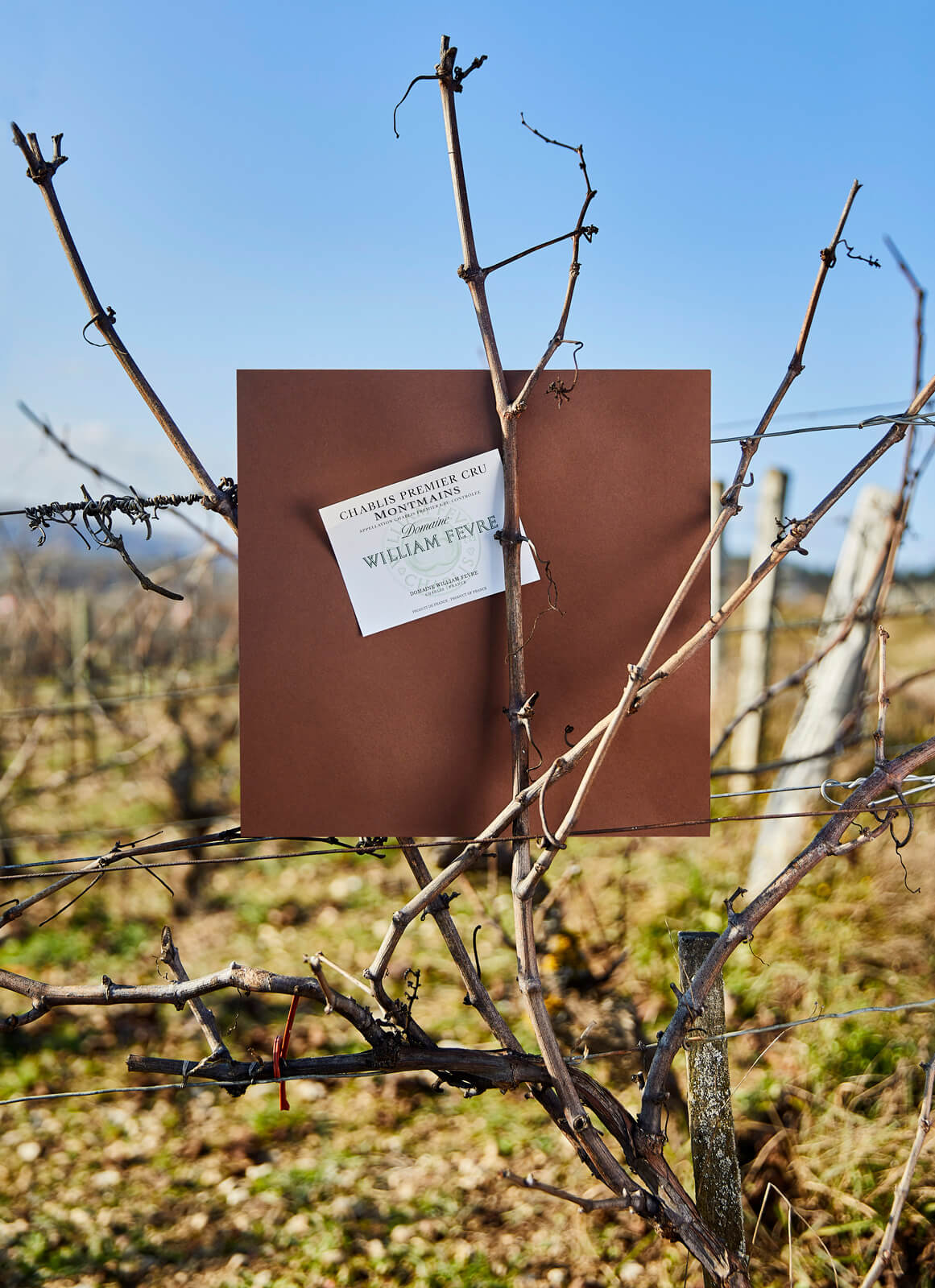
William Fèvre vineyard in Chablis
Finally, in 1998, William decided it was time to sell the company, which was a very big deal at the time. William was nearing the end of his seventh decade on the planet and also had interests in Chile. The purchaser was none other than Joseph Henriot, who we have encountered before with his eponymous Champagne house and Bouchard in Burgundy. Things changed immediately.
Henriot appointed Didier Séguier as winemaker – he is still in charge today – moving him from Bouchard. The new oak regime was instantly relegated to history, reduced to the absolute minimum. The aim was to ensure that the terroir of each vineyard would be reflected in the wines. Each of the 80 parcels that have been identified are vinified individually. Picking is earlier to ensure Chablis’s vibrant acidity is to the fore.
The sorting table plays a crucial role (does anyone else immediately think of Harry Potter and the sorting hat the moment a sorting table is mentioned?). Organic practices have been introduced, with biodynamics also now appearing. The wines of William Fèvre are now recognized as some of the very finest from the region and they are more than welcome at any lunch.
Fèvre has holdings in every Grand Cru with the single exception of Blanchot. It also has holdings in many of the best Premier Cru vineyards, including Montée de Tonnerre, Fourchaume, Montmains, and Les Lys.
Recent vintages have been, as they say in the classics, challenging: 2016 saw hail hit the region; 2017 saw frosts; 2018 was warm and the yields left some wines less complex than one might wish; while 2019 enjoyed both frost and drought (coming from Australia, I often suspect that we have a very different definition of drought), though the 2019s seem more exciting as a generalization than the 2018s.
While 2020 was looking like a reprieve, the world was then hit by the joys of Covid-19. Covid might not have impacted the quality of the grapes, but it certainly affected the vineyard and winery workers, the supply of harvesters (Fèvre handpicks, although 95 percent of the region uses machine harvesters) and, as it did with wineries around the world, greatly impacted sales (Brexit also threw a spanner into the works).
It was an earlier than usual vintage, although these days that applies to most years thanks to climate change. Perhaps a recalibration is needed. It has also been described as textbook. This is a vintage no lover of Chablis should miss.
Twenty twenty-one was an old-fashioned vintage or a throwback to the past, if one prefers, with some nearly polar conditions at times (if you like vibrant, acid-forward Chablis, consider 2021, though it was far from consistent). Far too early for 2022, but there are some good noises being made.
Séguier was in town recently to go through his 2020 wines, inevitably a fascinating exercise. While both the Petit Chablis and Chablis were fine examples of what Fèvre offers, the interest naturally falls on the Premier Cru and Grand Cru wines.
William Fèvre 2020 tasting notes
Some brief notes on the 2020s. It is worth noting that Séguier suggests that it is the warm vintages in the past that have proved the most age worthy; 2020 could be with us for a very long time then.
Beauroy: Pure, pristine, and intense. A hint of flint with lemon zest and grapefruit notes. Minerally backing. Fèvre has 1.1 hectares. 92.
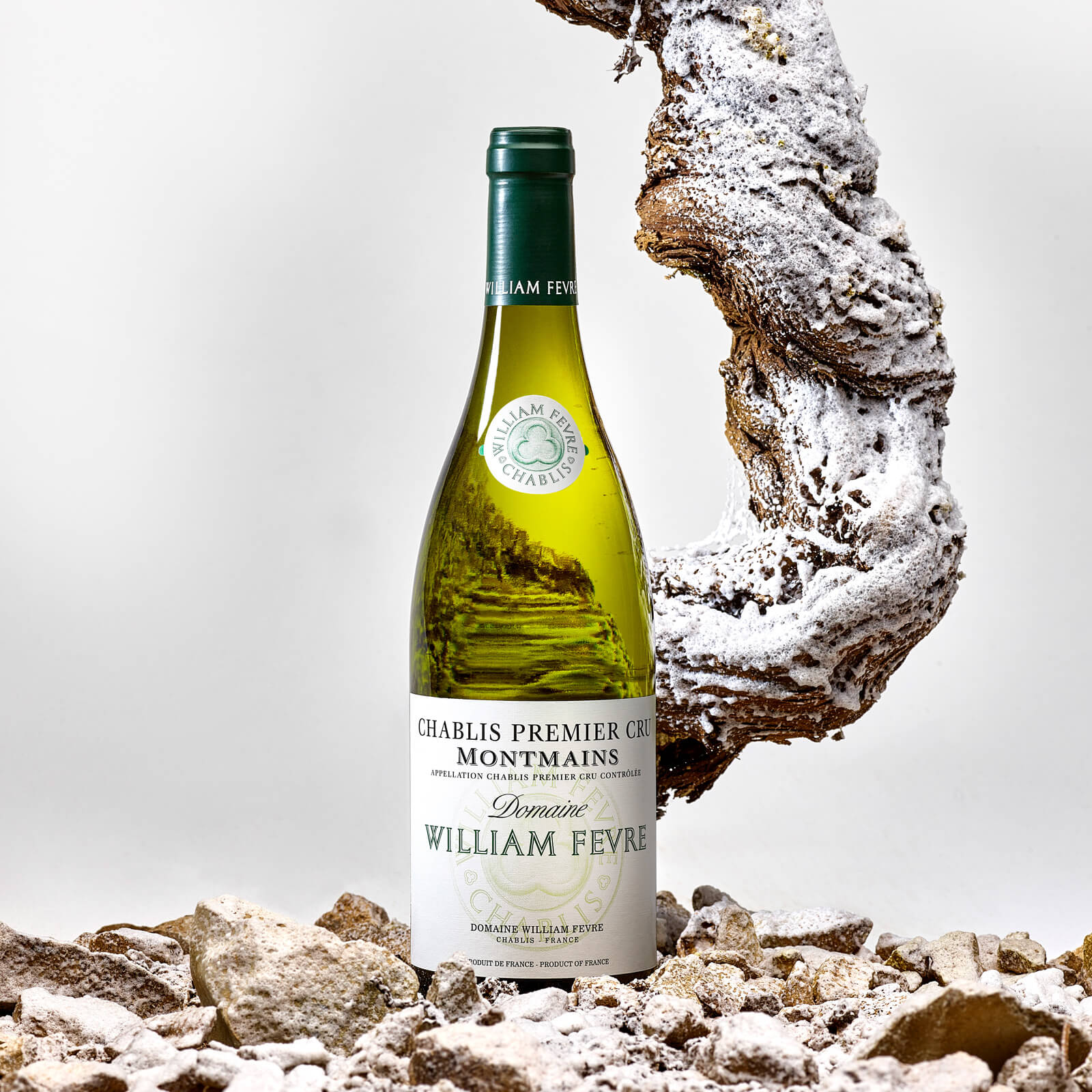
William Fèvre Montmains Chablis
Montmains: Fèvre hold an impressive 3.8 hectares. Citrus, hazelnut, and gun smoke notes. Lovely soft wine with elegance. Should offer pleasure for at least the next six to eight years. 94.
Vaillons: Broader, richer, and burlier than some. Good concentration. There are mineral and oyster shell notes here. Fèvre holds over 3.5 hectares across 12 plots. 93.
Les Lys: Two plots consisting of one hectare in total. Floral, expressive, and complete with grapefruit notes and a chalky backing. A fine line of salinity. Bright acidity. Good future. 94.
Mont de Milieu: A little muted at the moment but with citrus and mineral notes. Needs a couple of years to come into its own and then should drink well for a decade. 93.
Fourchaume: This is the largest Premier Cru and Fèvre has six hectares. The wine is a cracker. Juicy salivating acidity. Gunflint and lemon butter notes. Seabreeze hints. Great length. 95.
Bougros (Grand Cru): Fèvre has six of the 16 hectares that constitute this Grand Cru. Composed, with notes of oyster shells, florals, citrus, gunflints, and talc. Power and drive. Impressive but needs time before one should consider opening it. 94.
Bougros Cote de Bouguerots (Grand Cru): This is a discrete section of the Bougros Grand Cru and usually considered to offer enough difference to be bottled separately. A coiled, tight, classic Chablis. Sea breezes and oyster shells. Chalk and minerals. Great length here as well as balance and power. Long future. 95.
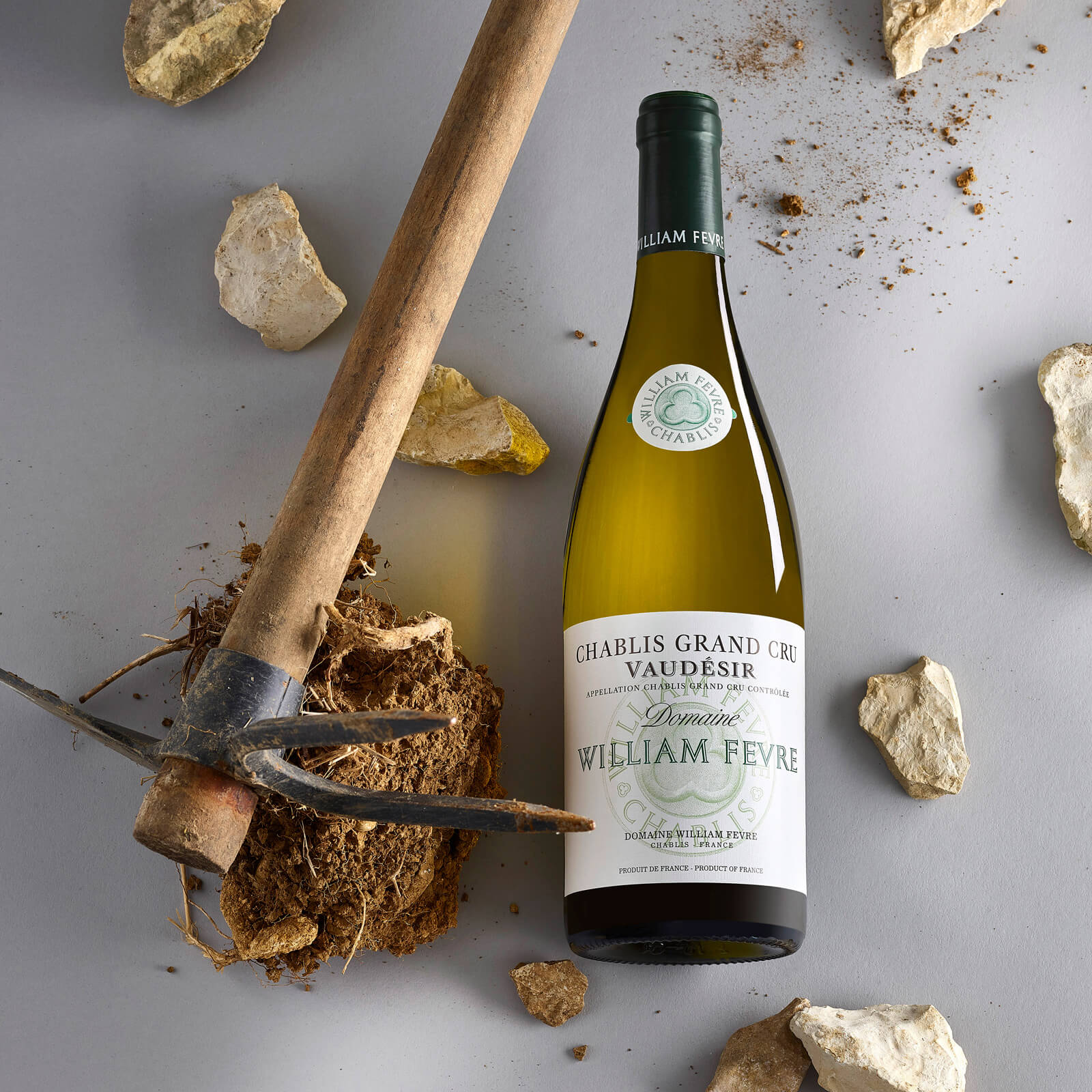
William Fèvre Vaudesir Chablis
Vaudésir (Grand Cru): Gun smoke and crisp apples. Florals and orange rind. Seductive texture. A burly richness. Lingers nicely. Give it the time it deserves. 95.
Les Clos (Grand Cru): The big gun. Power and serious intensity. A ripeness but it is fresh and focused. A glorious creamy texture. Balanced and so long, this is a worthy Grand Cru. Florals, grapefruit notes, oyster shells. Wonderful stuff. 97.
Prices will vary, but the Les Clos should exceed AUD$300. Not cheap but a fraction of what some producers are charging. William Fèvre has once again taken its place among the great estates of Chablis.
For more information, please visit www.williamfevre.fr.
You may also enjoy:
Chablis: A Top-Class Cru White Wine That Doesn’t Get The Love It Deserves
Henriot Cuvée Hemera 2005: 100% Grand Cru Vineyards Make For A Seamless New Prestige Champagne
The Up-Down-And-Up-Again Wines Of Bouchard Père & Fils In Burgundy





















































Leave a Reply
Want to join the discussion?Feel free to contribute!